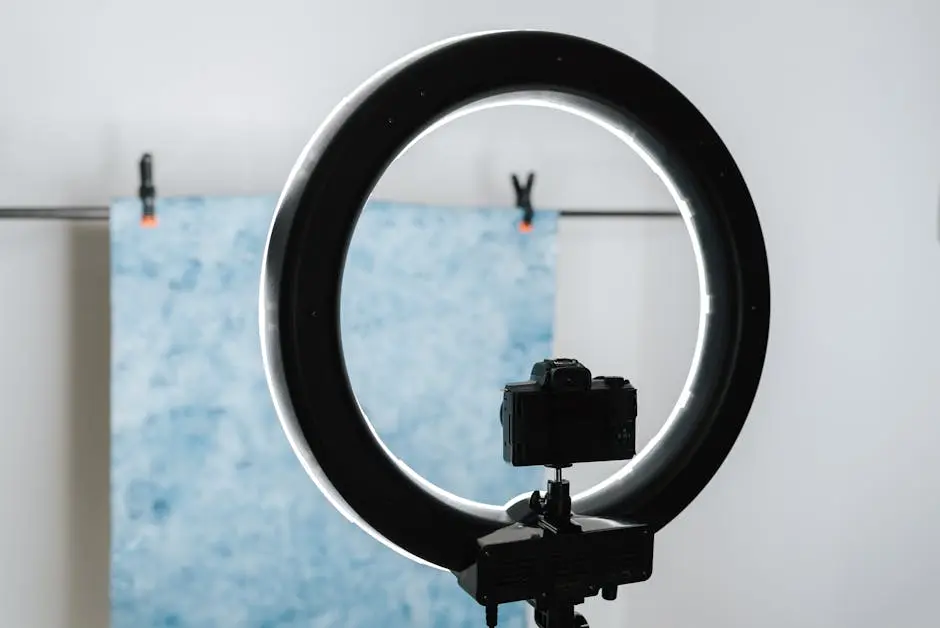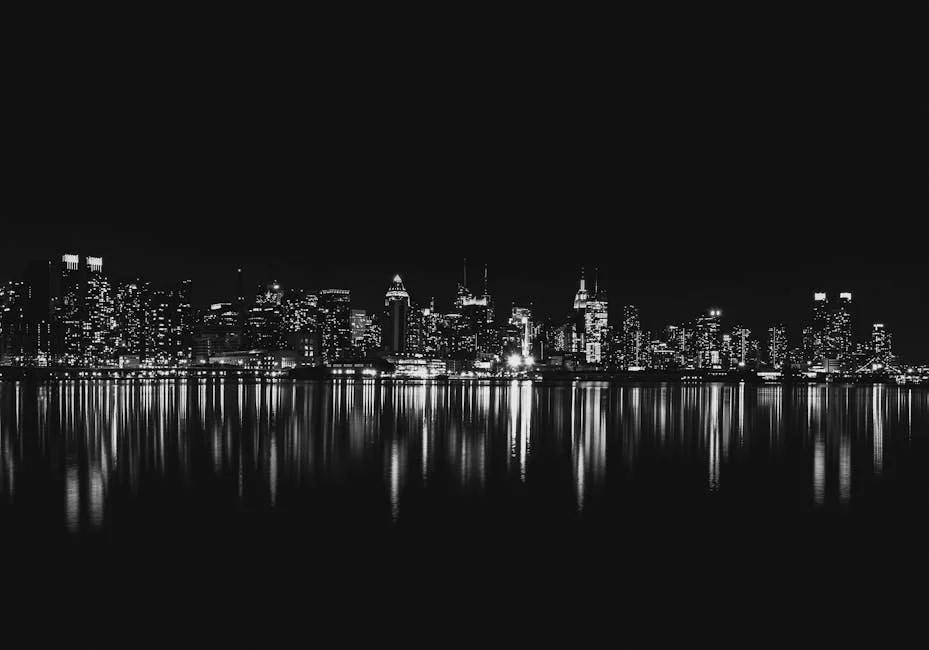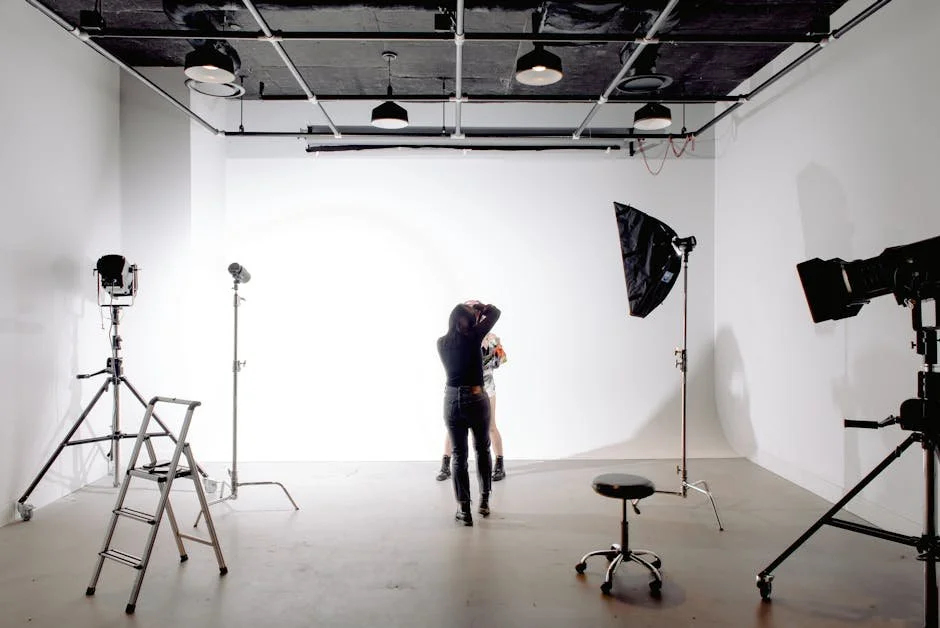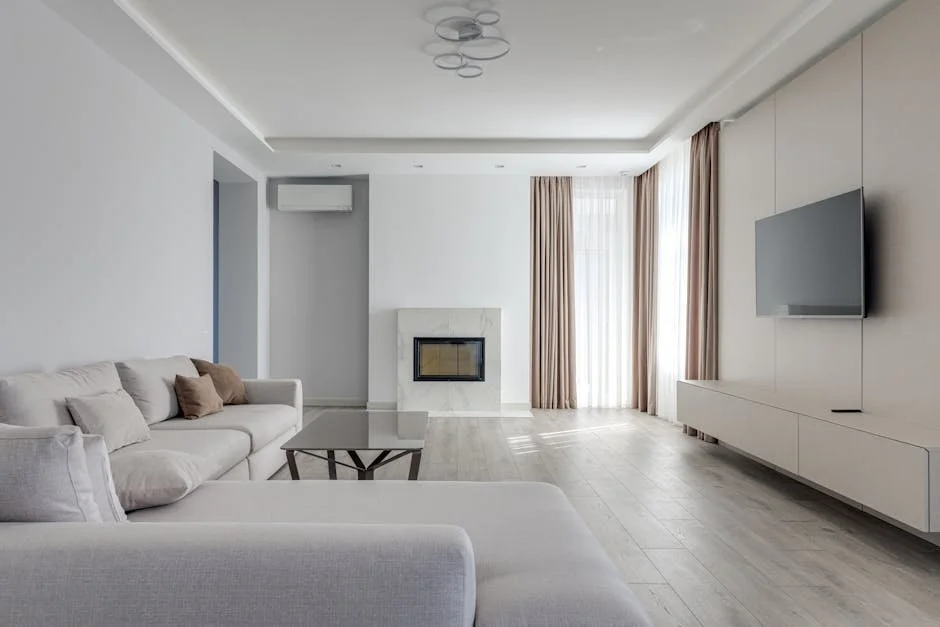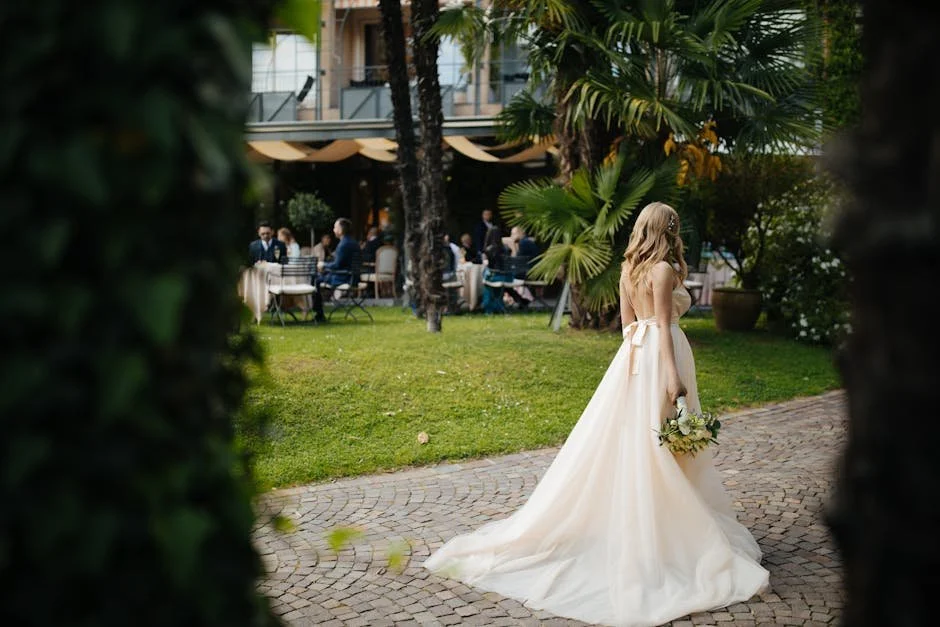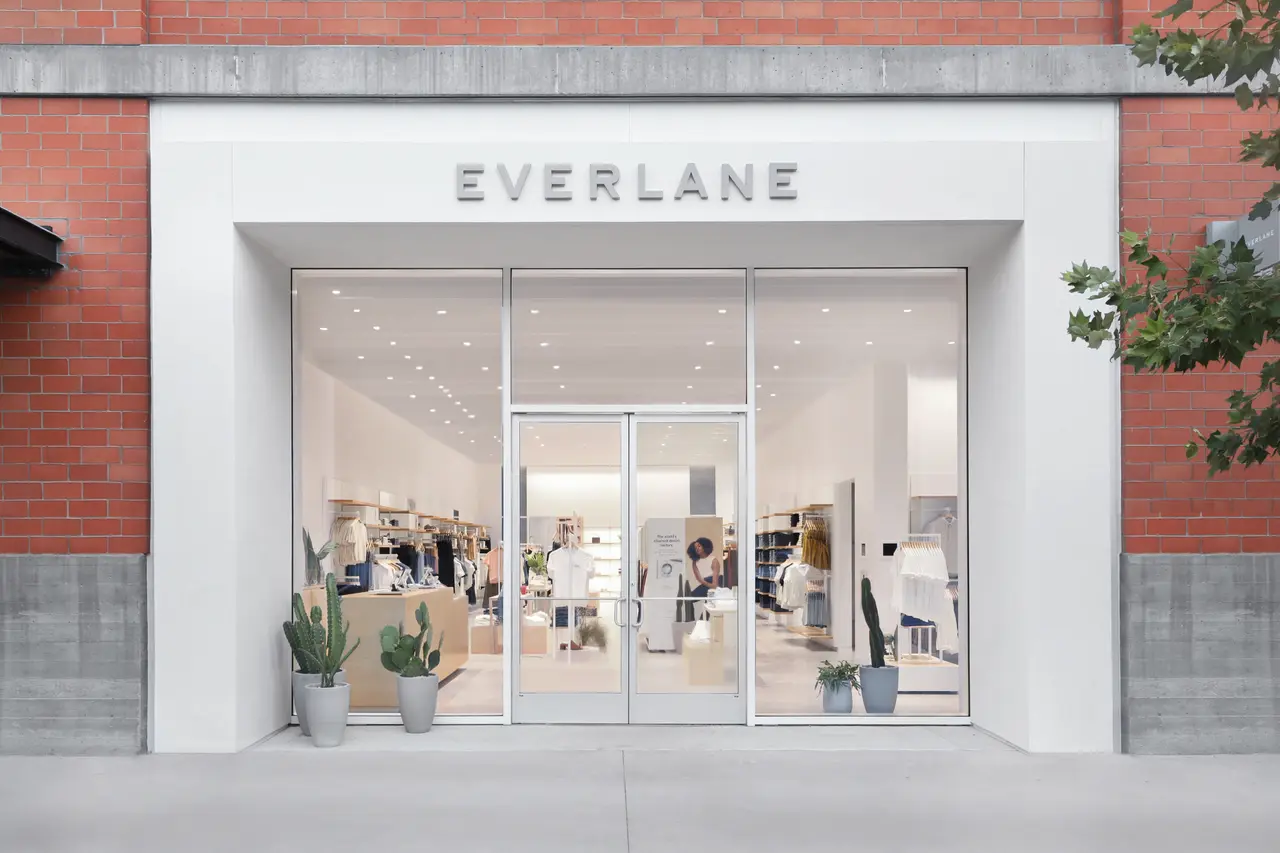1. Mastering Natural Lighting
When it comes to estate photography, natural lighting can be your best friend. Learning how to utilize natural light to enhance the features of the property is crucial. Imagine the soft morning light filtering through the windows, casting a warm glow on the hardwood floors—a perfect setting to capture the cozy ambiance of a living room.
One key aspect to keep in mind is to avoid harsh direct sunlight. The intense rays can create unflattering shadows and highlights that detract from the overall aesthetics of the space. Instead, opt for diffused light on cloudy days or during the golden hours around sunrise and sunset for that magical, soft glow.
Understanding the nuances of natural light is an ongoing learning process. Experiment with different lighting conditions to see how they transform the look and feel of a room. By mastering natural lighting, you can elevate your estate photography to the next level.
In addition to the physical aspects of lighting, consider the emotional impact it creates. Soft, warm light can evoke feelings of comfort and relaxation, perfect for showcasing the inviting nature of a home. Harnessing this emotional connection can make your photos truly resonate with potential buyers.
2. Composition Techniques for Stunning Shots
Composition is like the backbone of a photograph—it provides structure and visual interest. Exploring different composition rules can help you create captivating images that draw viewers in. For instance, the rule of thirds can guide you in placing key elements off-center for a more dynamic composition.
Leading lines are another powerful technique to direct the viewer's gaze through the image. Use architectural elements like hallways or fences to lead the eye towards the focal point of the room. This technique adds depth and dimension to your photographs, making them more engaging.
When it comes to composition, don't be afraid to get creative with angles. Sometimes shooting from a low angle can make a room appear more spacious, while a high angle might highlight unique ceiling details. Play around with perspectives to find the most flattering views of each space.
Remember, good composition is not just about following rules—it's about finding a balance between order and visual interest. Experiment with framing elements within the shot to create a sense of depth and intrigue. The more you practice, the more intuitive composing striking images will become.
3. Showcasing Property Highlights
Highlighting the best features of a property is essential in real estate photography. Emphasize what makes the home unique—whether it's a charming fireplace, a luxurious spa bathroom, or a panoramic view. These standout elements can be the selling points that capture buyers' attention.
To effectively showcase property highlights, consider the story you want to tell. Are you emphasizing the cozy, family-friendly aspects of the home, or highlighting its modern, sleek design? Tailoring your photography to match the property's narrative can create a cohesive and compelling listing.
Another tip is to focus on the details. Sometimes, it's the little touches like crown molding, built-in shelving, or unique light fixtures that make a property stand out. Close-up shots of these details can add interest and help potential buyers envision themselves living in the space.
When showcasing property highlights, use visual storytelling techniques to guide the viewer's eye. Lead them from one feature to the next, creating a seamless flow of interest throughout the property. By crafting a narrative through your images, you can make the listing more engaging and memorable.
4. Editing Tools and Tips
Photo editing tools can take your estate photography from good to great. Understanding the basics of editing can help you enhance your images and correct any imperfections. Whether it's adjusting exposure to balance light levels or cropping for better composition, editing can elevate the quality of your photos.
Experiment with different editing techniques to find a style that suits the property. Maintain a balance between enhancement and realism—you want your photos to be visually appealing without misrepresenting the space. Software like Lightroom or Photoshop offers a wide range of tools to refine your images.
One important rule of editing is less is often more. Avoid over-processed images that look artificial, as this can turn off potential buyers. Aim for a natural look that accurately represents the property while still highlighting its best features. Subtle adjustments can go a long way in creating impactful visuals.
Before finalizing your edits, take a step back and reassess. Look at the image as a whole and see if the enhancements enhance the overall mood and appeal. Don't be afraid to seek feedback from others to get a fresh perspective on your edited photos.
5. Capturing Exterior Shots
Exterior shots are often the first impression potential buyers have of a property. Mastering the art of capturing exterior views can significantly impact a listing's appeal. Pay attention to curb appeal, landscaping, and architectural details to create inviting images that entice viewers to explore further.
Timing is crucial when photographing exteriors. Consider shooting during the golden hours of sunrise or sunset to capture warm, soft light that enhances the property's beauty. A well-lit exterior can create a welcoming atmosphere and highlight the unique features of the home.
When taking exterior shots, aim to showcase the property's best angles. Experiment with different vantage points to find the most flattering views. Highlight key features like a manicured garden, a spacious patio, or an elegant front facade to create a visually compelling representation of the property.
An often overlooked aspect of exterior photography is capturing the surroundings. Showcasing the neighborhood, nearby amenities, and outdoor spaces can give potential buyers a complete picture of what it's like to live in the area. These contextual shots can help buyers visualize themselves in the neighborhood.
6. Effective Staging Tips
Staging plays a crucial role in setting the scene for your real estate photography. Creating inviting and decluttered spaces can make a significant difference in how a property is perceived. Start by removing personal items and excess clutter to allow the home's features to shine through in the photos.
When staging a property, aim for a balance between cozy and spacious. Arrange furniture in a way that highlights the room's size and functionality while adding touches of warmth and personality. Simple additions like throw pillows, fresh flowers, or decorative accents can make a space feel welcoming.
Consider the target demographic of the property when staging. Tailor the decor to appeal to potential buyers—whether it's creating a family-friendly atmosphere, a minimalist aesthetic, or a luxurious vibe. The goal is to help buyers envision themselves living in the home, and staging plays a key role in that process.
Effective staging is all about creating a lifestyle narrative. Each room should flow seamlessly into the next, telling a story of comfort, style, and functionality. By curating spaces that are both aesthetically pleasing and practical, you can create a strong emotional connection with buyers through your photography.
7. Utilizing Drones for Aerial Photography
Drones have revolutionized the way real estate properties are showcased. Exploring the use of drones for aerial photography can provide a unique perspective that traditional methods can't match. Aerial shots offer a bird's eye view of the property, highlighting its size, surrounding landscape, and architectural features.
Mastering drone photography requires practice and a good understanding of flight controls. By capturing images from varying heights and angles, you can showcase the property in a dynamic and engaging way. Drones add a wow factor that can set your listings apart from the competition.
When using drones for aerial shots, keep safety and regulations in mind. Make sure you're aware of any no-fly zones, privacy considerations, and local laws regarding drone usage. Safety should always be a top priority when incorporating drones into your estate photography toolkit.
Aerial photography not only captures the property but also provides context. It shows potential buyers the property's proximity to amenities, green spaces, or even neighboring properties. These aerial views can help buyers better understand the property's location and features, influencing their decision-making process.
8. Tips for Virtual Tours and 360° Photography
In today's digital age, virtual tours and 360° photography are becoming increasingly popular in real estate marketing. Discover how to create immersive experiences that allow potential buyers to virtually explore properties from the comfort of their homes. Virtual tours offer an interactive way to showcase a property's unique features.
When creating virtual tours, pay attention to the flow. Guide viewers through the property seamlessly, highlighting key areas and features along the way. Interactive elements like clickable hotspots or floor plans can enhance the user experience and provide valuable information about the property.
360° photography allows viewers to look around a space as if they were physically present. This technology provides a comprehensive view of each room, giving buyers a realistic sense of the property's layout and design. Utilize 360° photos to create an engaging and immersive online viewing experience.
When incorporating virtual tours and 360° photography into your listings, promote them effectively. Feature these interactive experiences prominently on your website and listing platforms to attract more potential buyers. Providing virtual tours can give your listings a competitive edge in the market.
9. Gear Essentials for Real Estate Photography
Having the right gear is essential for capturing professional-quality real estate images. Invest in a good camera and wide-angle lens to capture spacious interiors and expansive exteriors. Quality equipment can make a significant difference in the clarity and visual appeal of your photographs.
Tripods are invaluable tools in estate photography. Stabilizing your camera ensures sharp, clear images, especially in low light conditions. Tripods also allow for long exposure shots or bracketing for HDR photography, giving you more flexibility in capturing different lighting situations.
Don't overlook the importance of lighting equipment in your gear setup. Portable LED panels or speedlights can help fill in shadows and balance light levels in dimly lit spaces. Having the right lighting tools at your disposal can enhance the overall quality of your real estate photographs.
Accessories like remote shutter releases and color checkers can streamline your workflow and ensure color accuracy in your images. Investing in quality gear and accessories demonstrates your commitment to producing professional results in your estate photography projects.
10. Creating Engaging Property Stories Through Photography
Photography has the power to evoke emotions and tell stories. Learning how to create compelling narratives through your property images can set your listings apart. Consider the lifestyle each home embodies and capture moments that resonate with potential buyers on an emotional level.
Think beyond just showcasing rooms—capture the essence of living in the space. Photographs that depict everyday activities like enjoying a morning coffee in the sunny breakfast nook or cozying up by the fireplace can help buyers envision themselves in the home. Create a story that invites viewers to imagine their own story within the property.
Inject personality into your images by adding subtle touches that convey a sense of warmth and hospitality. Simple details like a well-set dining table or a vase of fresh flowers can make a space feel lived-in and inviting. These personal touches can create an emotional connection with potential buyers.
Remember, each image should contribute to the overarching story of the property. Create a cohesive narrative that flows from room to room, highlighting the unique features and lifestyle aspects of the home. By weaving together a visual story, you can make your property listings more engaging and memorable.

